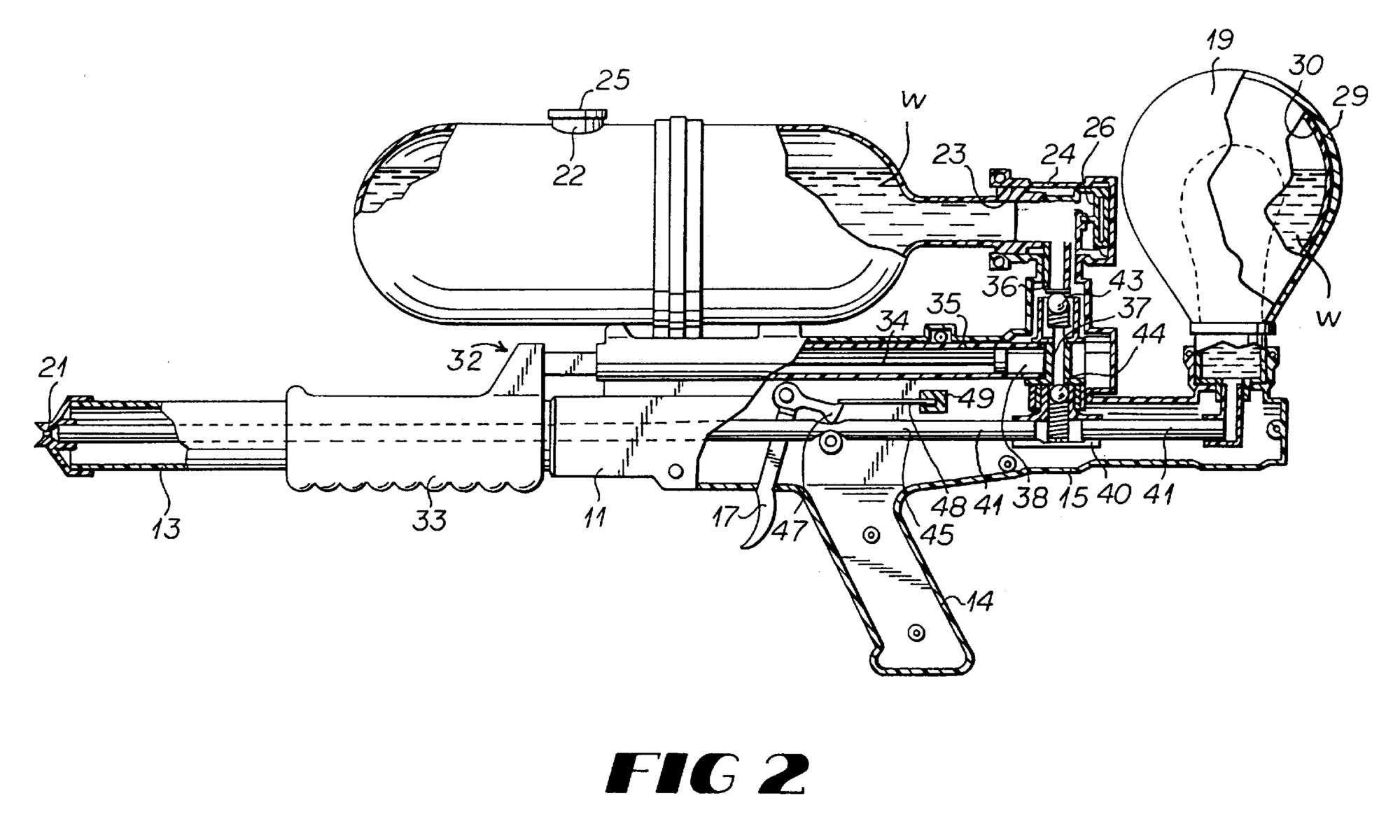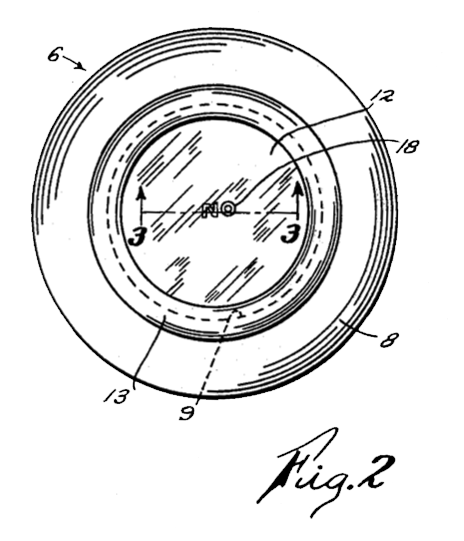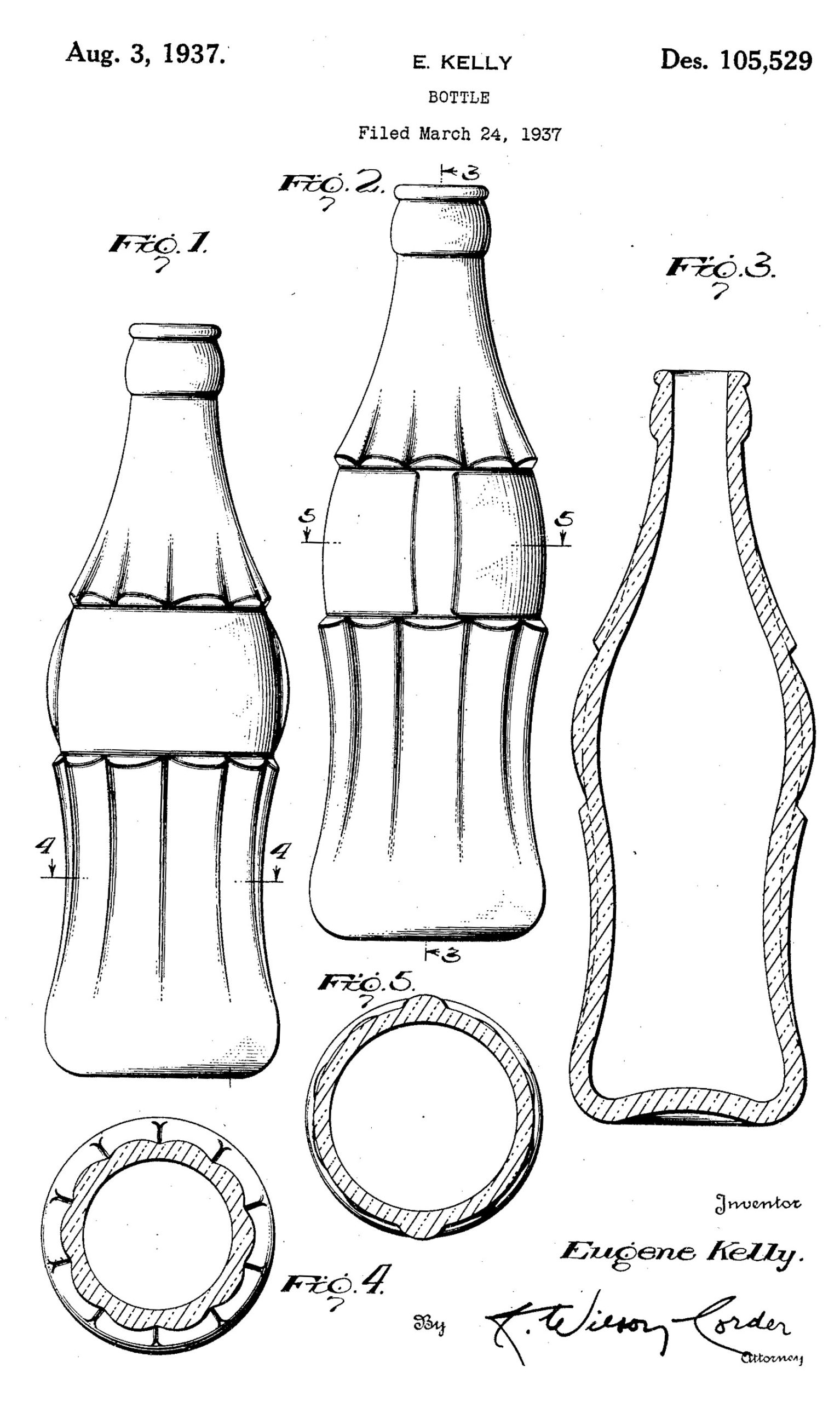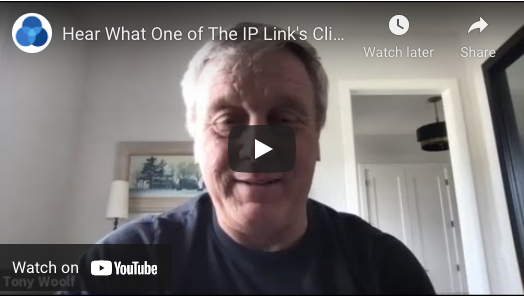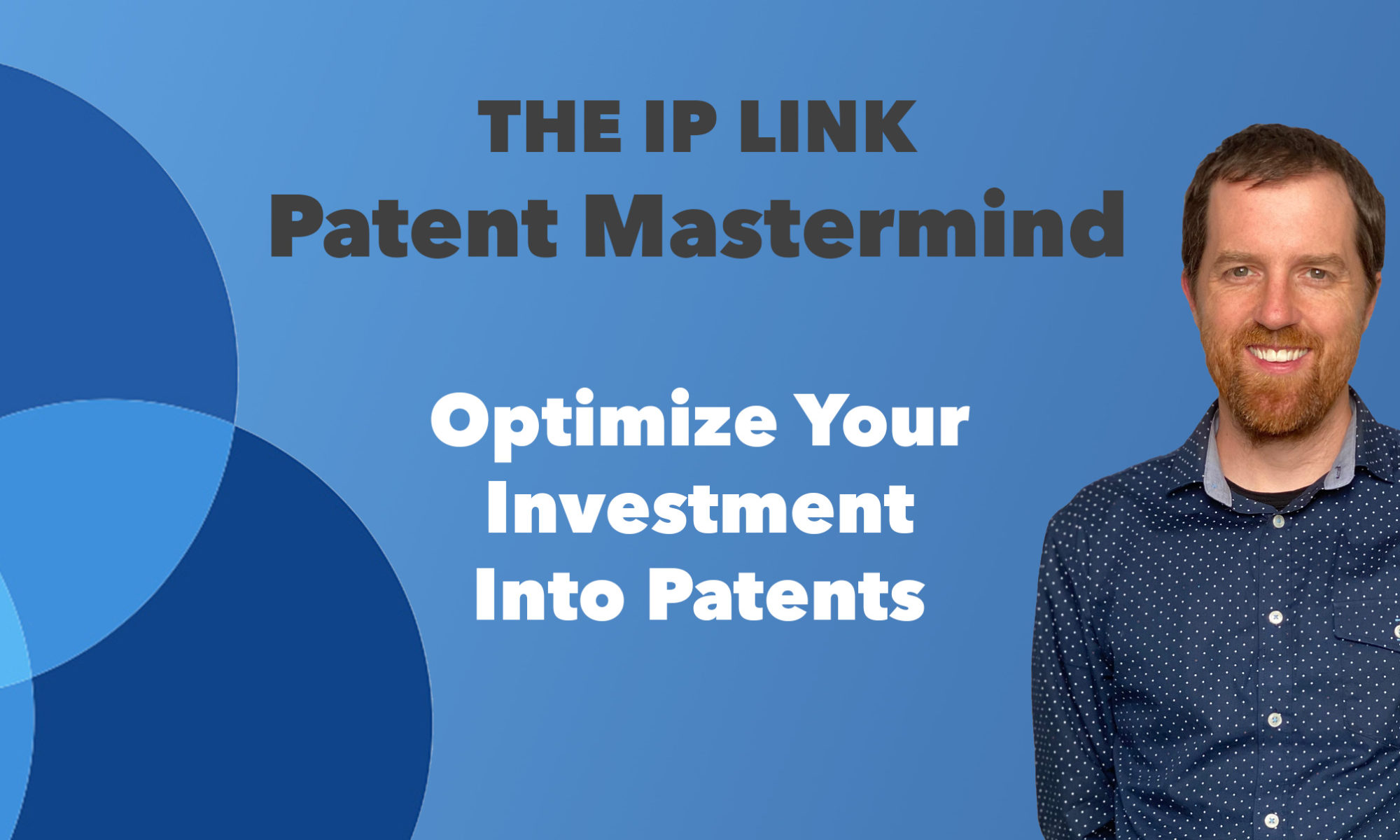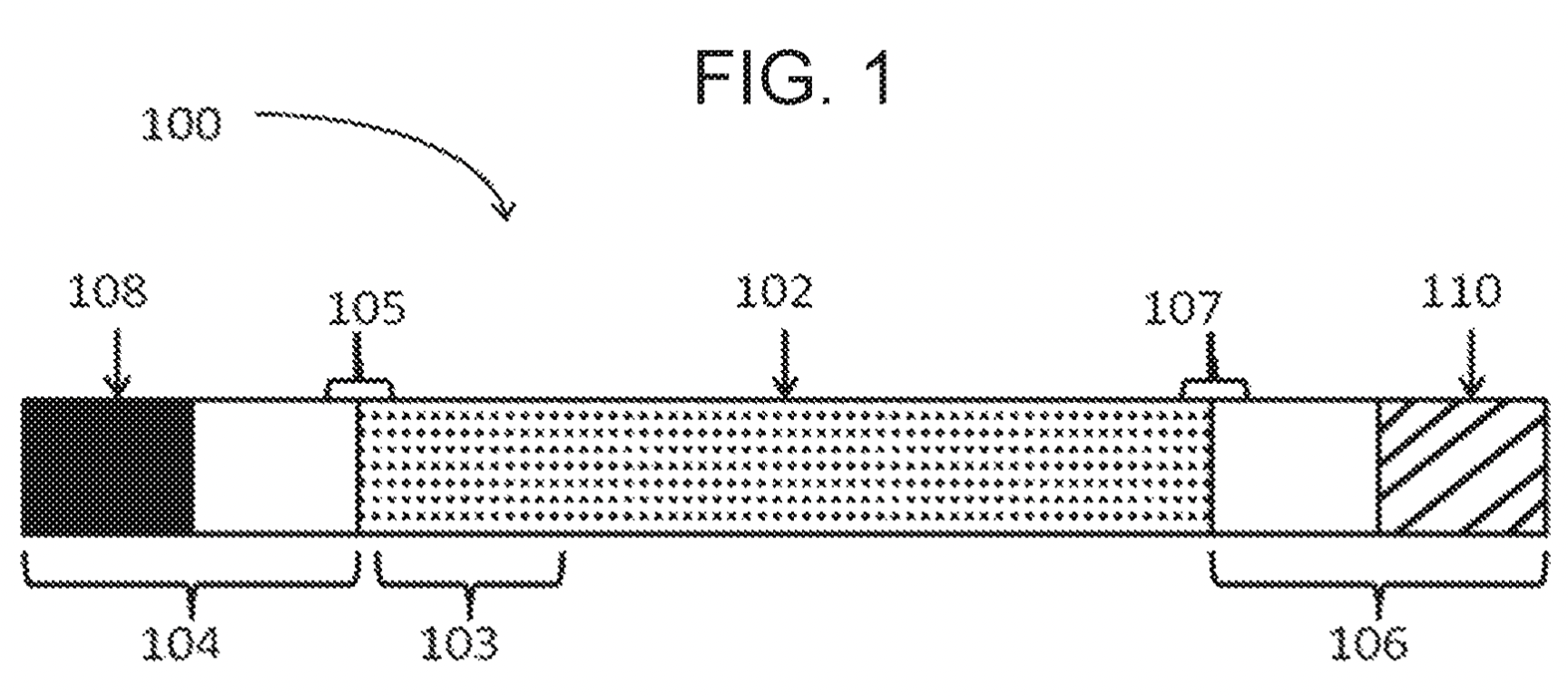We’ve recently had another client, Robert from Soteria120, successfully complete the “Search” phase of the Product Protection Playbook and gain significant value from it.
Robert particularly appreciated gaining a deeper understanding of exactly how to dig into the swath of existing patent literature and figure out how it might impact his business. On a recent coaching call, we dug deep into one patent application in particular to see who filed it, the current status, how likely that patent was to issue (or if it had already been rejected), and even the specific correspondence that that company had with the patent office.
It turned out that many of the claims of the third party patent had already been rejected, and we were able to see exactly what the patent office’s reasoning was. We intend to use that as a model for improving Robert’s own patent application, so that it will be well positioned to avoid such issues.
Robert has this to say about it:
“This is super useful! To see your strategy with finding something on Google Patents then what we do to dig into it more deeply and troll through those references, that was awesome. Thank you for helping us with that!”
If you’re concerned with how existing patents might impact your business and your ability to get a patent (or potentially even more dangerous, if your not), let’s hop on a call and nail down your next steps for gaining this peace of mind!



